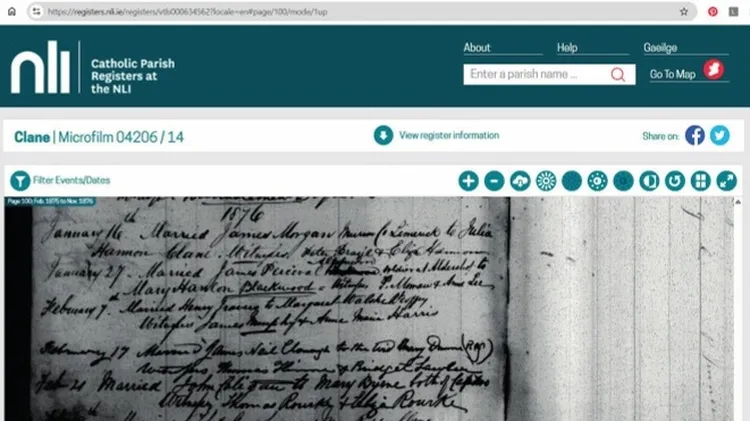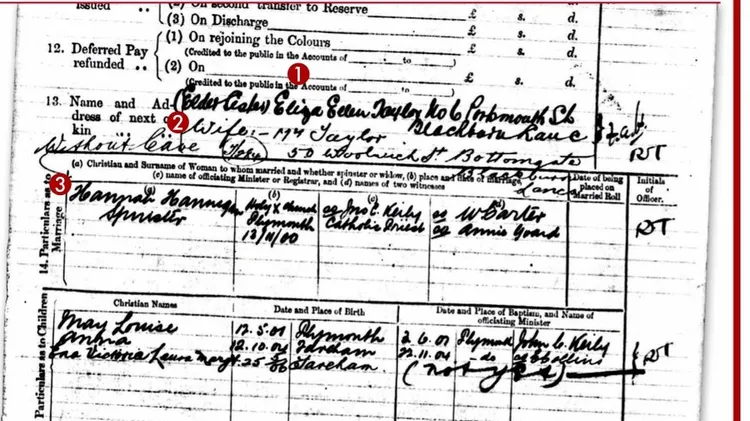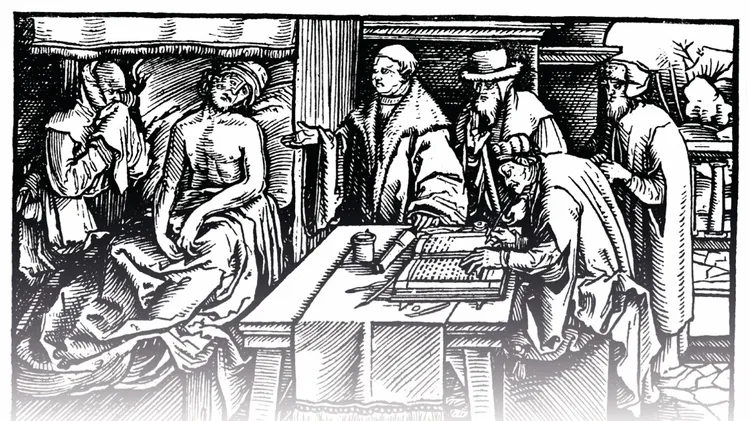Genealogist Nicola Morris explains how you can use digitised newspapers to lo
Irish newspapers
8 min read
This article is from...
Read this article and 8000+ more magazines and newspapers on Readly






